I decided to deviate a little from writing on Calcutta and to briefly revisit Venice. This has a Bengali connection, however. (Given that I haven't visited too many cities, I won't be able to put off writing about Calcutta too much even if I wanted to. So this is only a small deviation, I promise.)
On the way to Trieste, where I was headed for the Joyce Summer School, I had to go via Venice (simply because the airfare is cheaper that way.) A friend of mine later asked why, if I were going to visit one Italian city besides Trieste, I didn't choose Florence. There are all these paintings to look at, and the Italian Renaissance, and the civic designing, so on and forth. I think I would still have chosen Venice over Florence if we didn't have to factor in the price of tickets, but since one can never trust oneself about situations where grapes may just be sour, I didn't answer. The reason why I think I'd have preferred this is that - apart from the fact that Venice has always fascinated most of us from childhood - I was more fascinated by Venice as a city for its daily life, for the topography, and for the gondolas. Besides, most Bengalis, I believe, will have surrendered bits of their unarticulated wanderlust to Shakti's words:
মনে কি তোমার এখনো লাগে নি দোলা
চিল্কার জলে ভাসালাম গণ্ডোলা
জ্যোৎস্না হয়েছে ঘোর
শুধু দাঁড় বলে - রুপোর পাহাড় - তুমি চোর আমি চোর!
...
তুমি চলে গেলে পশ্চিম থেকে পুবে
এ-ভুবনময়, বলেছিলে বেয়াকুবে-
কল্পনা তব পাতা
সেই সত্যই প্রাণপণ - আমি পড়ে আছি কলকাতা!
(Sincere apologies for not being able to attempt a translation. I would appreciate it if anyone did, or could refer me to one.)
So as to not lose sight of what I had set out to write of, let us head back to Piazza San Marco. After entering the Piazza from the Academia side, if you turn right at the Campanile, you find yourself approaching the Grand Canal. In defence of my attempting to write about Venice, let me quote another author, Henry James, who felt a similar need to defend his account. (I thank Aveek Sen for introducing me to James on Venice, among other things.)
There is notoriously nothing more to be said on the subject. Every one has been there, and every one has brought back a collection of photographs. There is as little mystery about the Grand Canal as about our local thoroughfare, and the name of St. Mark is as familiar as the postman's ring. It is not forbidden, however, to speak of familiar things, and I hold that for the true Venice-lover Venice is always in order. There is nothing new to be said about her certainly, but the old is better than any novelty. It would be a sad day indeed when there should be something new to say.
After evening settles down and the sun sinks behind Basilica di Santa Maria della Salute, the Piazza and the entire stretch along the Canal, up to the Arsenal and a little beyond, lend themselves to a great show of human life. It is easy to lose oneself in the middle of all this. The gelato along the way isn't the best, but when you look left you can see the Bridge of Sighs, so named by one Lord Byron. I heard this theory about Byron, which I found rather funny but interesting: after he decided that he had to flee England, he chose Venice because while moving around in Gondolas, his, well, Byronic image would suffer least because of his limp, otherwise evident in his walk. Among other things, Byron set his poem "Beppo" in Venice. My two favourite passages from the poem do not sadly reflect his love for Venice, but I think I'll indulge anyway.
I love the language, that soft bastard Latin
Which melts like kisses from a female mouth,
And sounds as if it should be writ on satin,
With syllables which breathe of the sweet South,
And gentle liquids gliding all so pat in,
That not a single accent seems uncouth,
Like our harsh northern whistling, grunting guttural,
Which we're obliged to hiss, and spit and sputter all.
I love how he allows the phonetics to reflect his point about the smoothness of Italian and the harshness of English in the lines where he is describing the languages respectively. And here's the second bit:
'Tis said that their last parting was pathetic,
As partings often are, or ought to be,
And their presentiment was quite prophetic,
That they should never more each other see,
(A sort of morbid feeling, half poetic,
Which I have known occur in two or three,)
When kneeling on the shore upon her sad knee
He left this Adriatic Ariadne.
Although it's a little sad that it rhymes with "her sad knee" (or is it self-parodic?), I don't think I've read many epithets that compare with "this Adriatic Ariadne." Also, it's funny how two of the three poetry excerpts that I chose deal with parting.
After dark, the Piazza San Marco, and indeed most other streets of Venice become the hunting-ground for pedlars who sell various kinds of things. Aprons with the torso of Michelangelo's David printed in such a way that it'll fit in exactly with one's otherwise fully-clad body are just the beginning. No, to be honest, that is quite high up in the fantastic items list. Then there are people selling splat-toys, that is, strange jelly-like blobs which go splat in amusing shapes when you throw them hard at some surface. There are the rose pedlars, who try to sell long-stem roses especially to women. There are t-shirt stalls which have t-shirts with Homer Simpson standing in as Vitruvian Man (which, incidentally, is kept in the Gallerie dell'Accademia in Venice). Henry James summed it up a hundred and thirty years ago:
The canals have a horrible smell, and the everlasting Piazza, where you have looked repeatedly at every article in every shop-window and found them all rubbish, where the young Venetians who sell bead bracelets and "panoramas" are perpetually thrusting their wares at you, where the same tightly-buttoned officers are for ever sucking the same black weeds, at the same empty tables, in front of the same cafés - the Piazza, as I say, has resolved itself into a magnificent tread-mill.
It must have changed, because I didn't notice the horrible smell, and the Piazza didn't strike me as a tread-mill. I developed an obsession with the sight of these young men, most of whom are Bangladeshi. I spoke to a few and all of them claim to hail from Dhaka. They are desperately fond of striking up conversations in Bangla. If they think that someone looks Indian, they'll try a Hindi greeting. If the potential customer seems to take notice, they'll try to narrow it down by slipping in a Bangla phrase. If it fails, Hindi it is. If the Bangla phrase is successfully recognised, they will start a conversation. It's a strange and melancholy job, this. Most people will make you feel like you are non-existent and may be they will be in history. Perhaps someone somewhere is documenting this diaspora. But think of the ones who sell these fluorescent parachute-like things at 2 euro a piece. We introduce ourselves as Doctors, Lawyers, Joyce scholars. They can say, we light up the night at Piazza San Marco. Here are a three photographs I took of these guys.



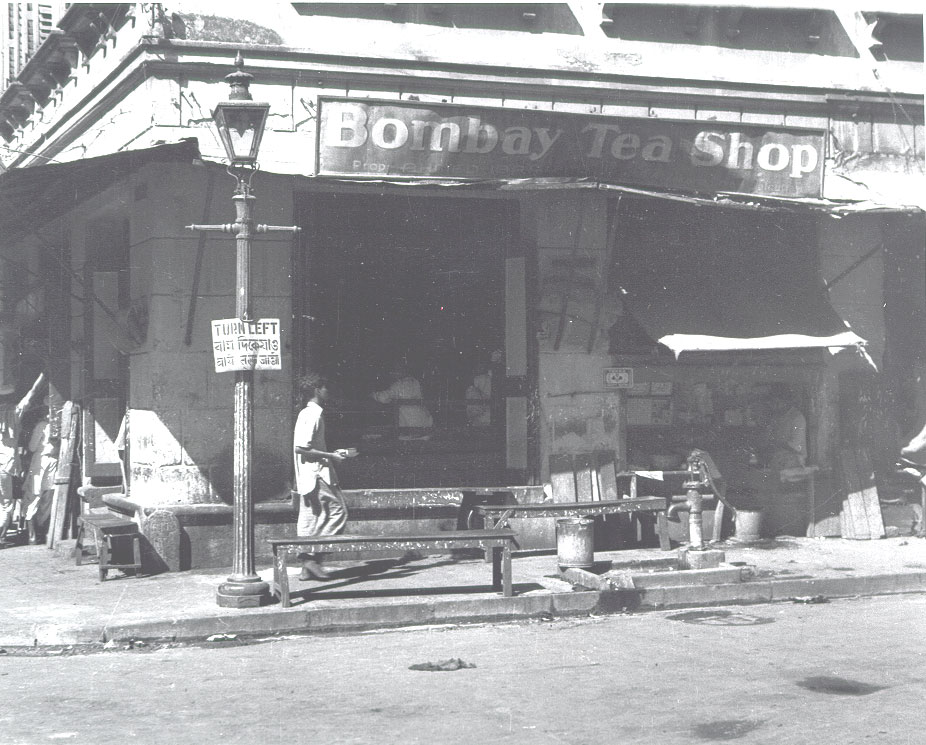


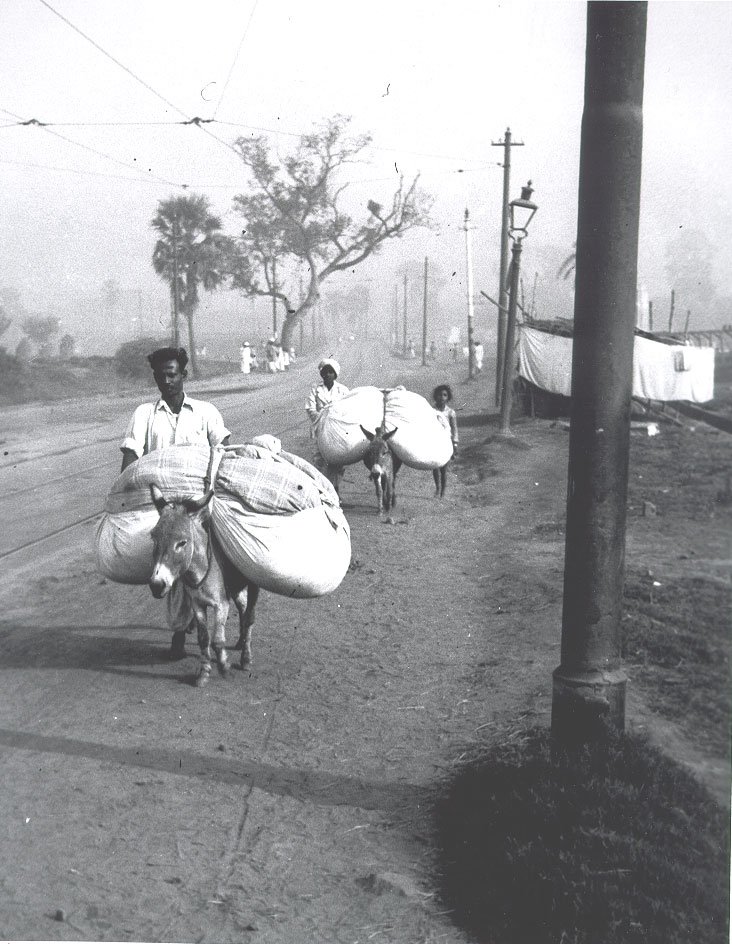
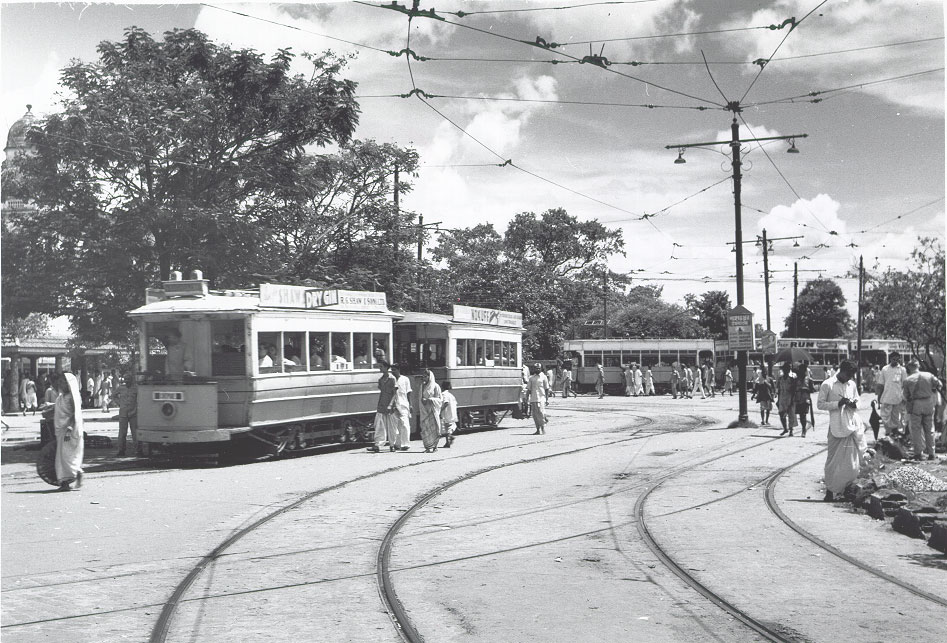
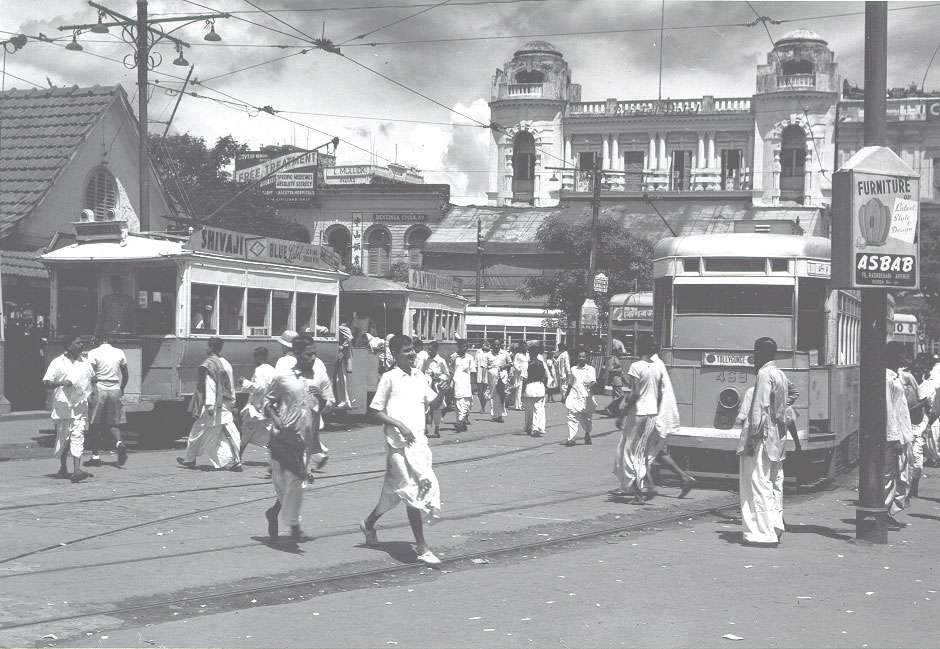
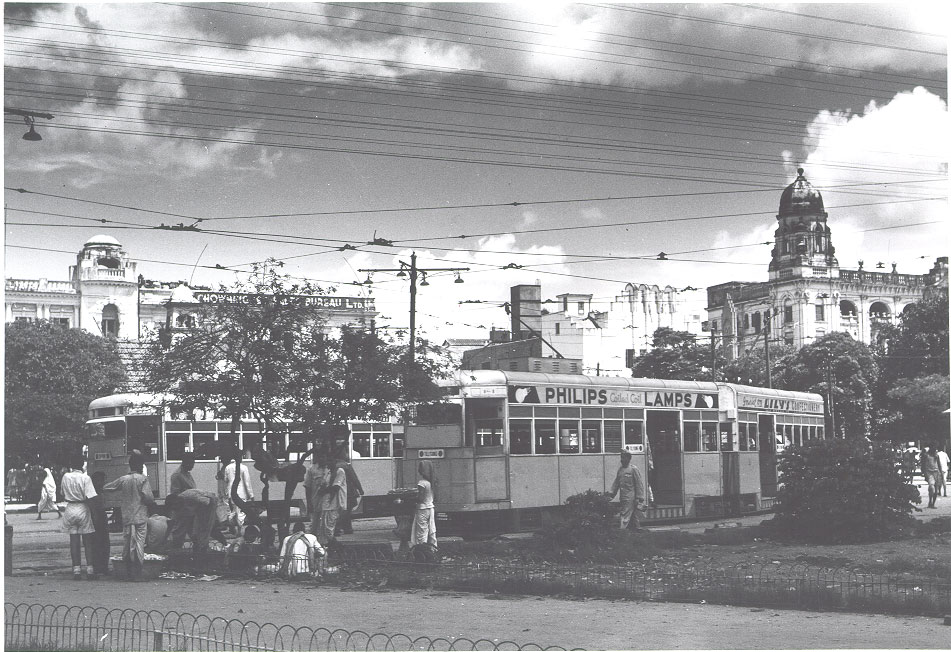



























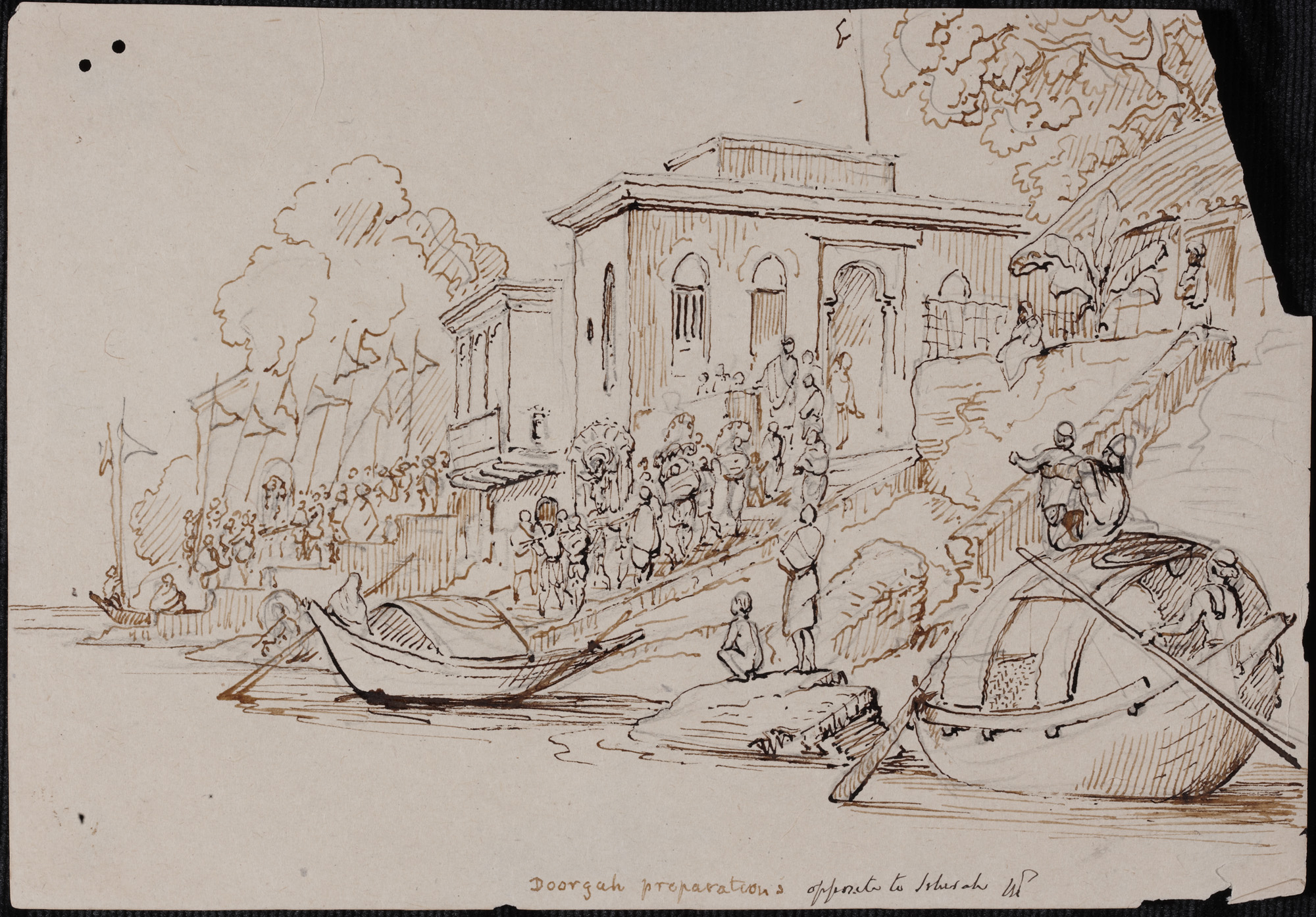
.jpg)

